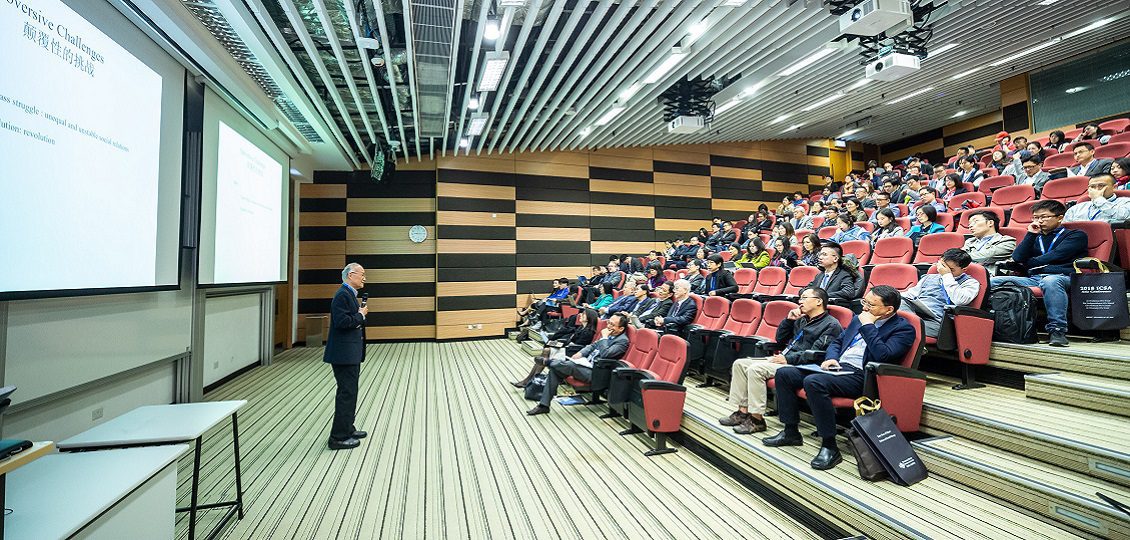by P Lorraine Wigglesworth
When was the last time you heard or witnessed a great presentation? Of the presentations you’ve seen in the past few months, how many would you rate 8-10, 5-7, maybe less?
Creating a great presentation takes time. You can’t expect to quickly throw some slides together and then roll through them without any practice on what you’re going to say expecting to convert a client.
You’ll instantly know when someone is unprepared based on how and what they say when delivering the message. Or they may have taken some time to practice, but they have left out one key element-the transition sentence between slides.
Individuals who don’t use transitions will use phrases like, ‘on this next slide… , here on this slide… , on this next slide I want to talk about… After a while, all the listener hears is next slide and not the intended message.
Transitions are an integral part of a smooth flowing presentation, yet many speakers (presenters) forget to plan their transitions. The primary purpose of a transition is to lead your listener from one idea to another.
The following are 10 examples of transitions that work well:
1. Bridge words or phrases (furthermore, meanwhile, however, in addition, consequently, finally).
2. Trigger Transition (same word or idea used twice: “a similar example is… “).
3. Ask a question (How many of you… ?)
4. Flashback (Do you remember when I said… ?)
5. Point-by-Point (There are three points… The first one is… The second one is,… etc.)
6. Add a Visual Aid as a Transition (Many times it may be appropriate to add a visual between your regular visual add for the sole purpose of a ‘visual’ transition. Sometimes a clever cartoon used here can add some humor to your presentations.
7. Pausing (Even a simple pause, when effectively used can act as a transition. This allows the audience to ‘think’ about what was just said and give it more time to register.
8. Use Physical Movement (The speaker should move or change the location of their body. This best done when you are changing to a new idea or thought).
9. Use a Personal Story (The use of story, especially a personal one is a very effective technique used by many professional speakers. Used effectively it can help reinforce any points you make during your presentation). Note: You don’t have to be a professional speaker to use this technique.
10. Use the PEP formula (Point, Example, Point). This is a very common format used and can also be combined with the use of a personal story. Make sure stories and examples you use help reinforce your message.
With more product and service pitches happening virtually, you need to take your presentations up a notch or two. Add transitions as part of your message to indicate that you’ve ended that topic and you’re moving onto the next. Transitions allow you to create a seamless presentation.
About the author
Pamela Wigglesworth, CSP is an international marketing consultant, speaker and the CEO of Experiential Hands-on Learning based in Asia. She is the author of The 50-60 Something ™ Start-up Entrepreneur and works with organizations across multiple industries to help them increase brand awareness, increase leads and ultimately increase sales.
To learn more about Pamela, visit the Experiential website at http://www.experiential.sg or email her at [email protected]











































